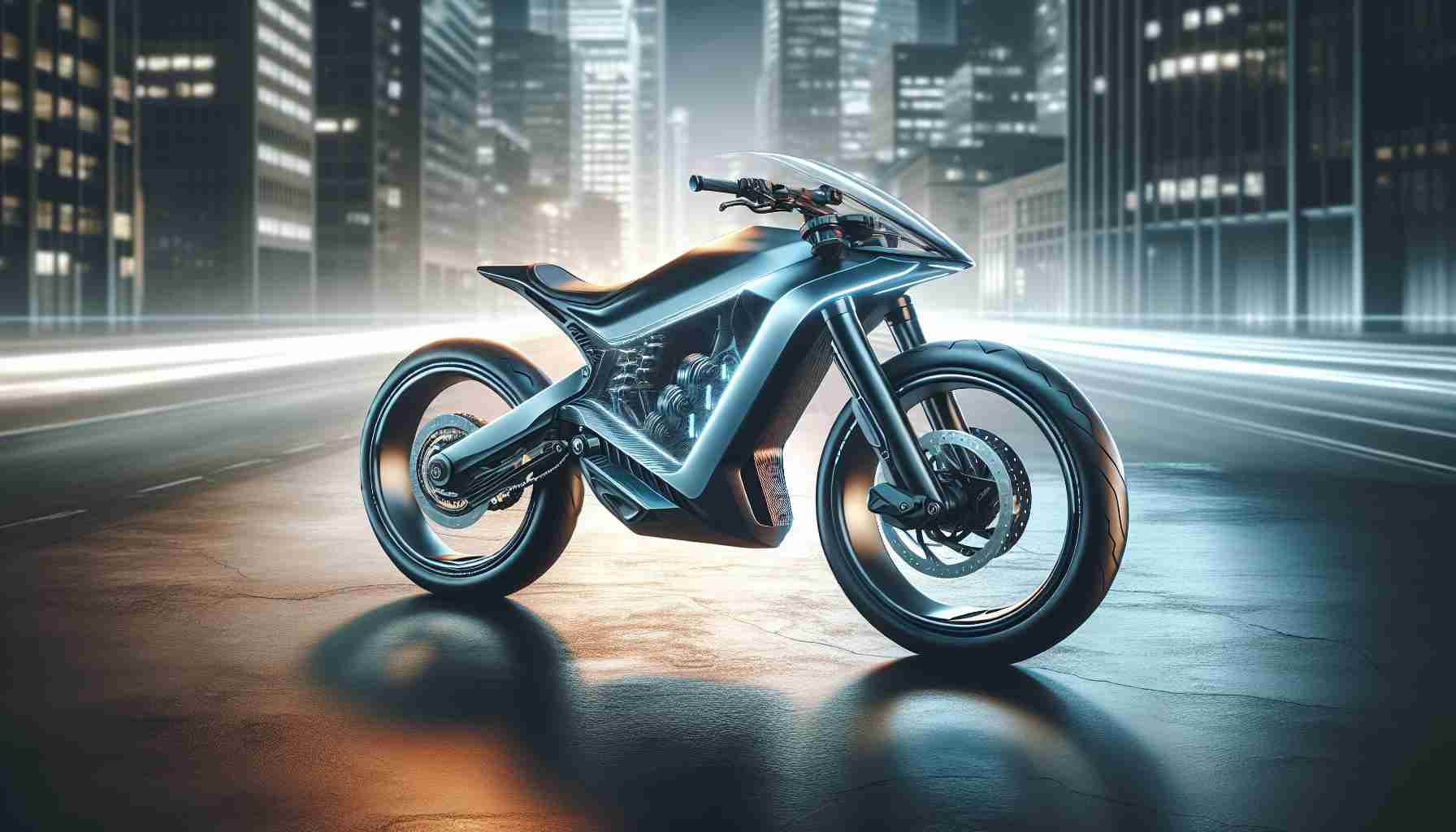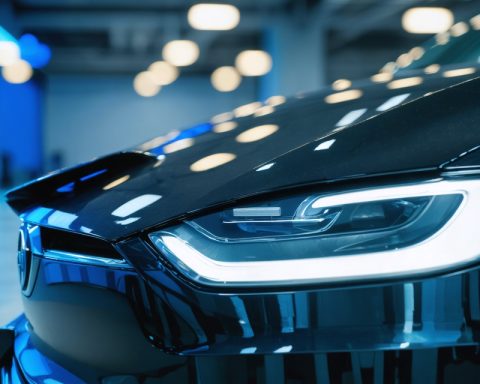Electric vehicles are taking significant strides with groundbreaking innovations and strategic initiatives shaping the future of sustainable transportation. Here’s a roundup of the latest developments:
Renesas and Nidec Revolutionize EVs with New E-Axle System:
Renesas Electronics, collaborating with Nidec Corporation, has unveiled an unprecedented “8-in-1” proof of concept E-Axle system. By integrating essential EV components like motor, gears, and onboard chargers controlled by a single microcontroller (MCU), this system promises to reduce size, cost, and operational complexity. Showcased at electronica 2024, this E-Axle is designed to enhance vehicle efficiency with its 99% efficient inverter and high-performance modules.
Mitsubishi Pioneers SiC MOSFET Inverters:
Mitsubishi Electric is set to ship samples of its advanced silicon carbide (SiC) MOSFET for electric vehicles starting November 14. Developed using proprietary trench technology, these chips promise to cut power loss by half compared to traditional models, ultimately improving performance and extending the driving range of EVs.
Multifamily Properties Gear Up for EV Charger Installations:
A report from Parks Associates reveals that 32% of multifamily property owners plan to upgrade their EV charging infrastructure in the coming year, driven by incentives and increasing demand. This trend is particularly strong in markets like California, where EVs are booming.
Free Charging Nights for Chevy EV Owners in Texas:
Reliant and GM Energy have launched a plan offering free nighttime charging for Chevrolet EV owners in Texas. Available at 150 dealerships, the plan is powered by renewable energy, incentivizing sustainable energy use.
GreenPower Advances Electric Transportation in Universities:
GreenPower Motor Company has expanded its partnership with Washington University in St. Louis, delivering zero-emission passenger vans to bolster the university’s eco-friendly transportation fleet. With ADA features for accessibility, these vans are a step toward a greener campus environment.
How the Latest Breakthroughs in Electric Vehicles Could Change the World
In recent news, electric vehicles (EVs) are accelerating into the future with innovations that could redefine transportation and human progress. While familiar elements like the “8-in-1” E-Axle system and SiC MOSFET inverters are pushing the boundaries of EV technology, there are other emerging trends and developments that promise to advance humanity and technology in ways not previously highlighted.
Interesting Facts and Controversies in EV Development
One fascinating aspect of modern EV innovation is how it challenges traditional energy infrastructures. As the demand for EVs grows, a debate rages over how this shift impacts power grids and energy policies worldwide. This energy transition is spurring conversations about the sustainability of electricity production itself, especially concerning renewable sources.
Furthermore, while EVs are clean at the point of use, their production and the sourcing of materials like lithium and cobalt pose environmental and ethical questions. The mining processes for these elements can be detrimental to ecosystems and communities, raising concerns about the true environmental cost of EVs. This has prompted a call for advancements in battery technology, seeking alternatives such as solid-state batteries, which promise higher efficiency and less reliance on critical materials.
Advantages and Disadvantages of the Latest EV Innovations
The integration of sophisticated technologies in EVs has distinct benefits. For instance, systems like the 8-in-1 E-Axle optimize efficiency, reduce manufacturing costs, and pave the way for smaller, more affordable electric cars. Moreover, innovations in charging infrastructure for multifamily dwellings suggest wider accessibility to EVs, democratizing sustainable transport.
However, not all is straightforward. The rapid progress in technology can lead to obsolescence, with older EV models depreciating quickly as newer, more efficient versions emerge. Additionally, the incentives necessary to drive such vigorous innovation can burden governmental budgets and require reallocation of resources.
How Will These Changes Affect Humanity and Technology?
Will these advances in EV technology lead to global energy independence, or might they create new dependencies on digital infrastructures and rare materials? The potential for EVs to transform human life is vast, from reducing urban pollution to creating smart cities interconnected by data-driven transport networks.
However, questions remain: Can the electric grid sustain this revolution without causing blackouts or increased emissions from power plants? How will global supply chains adapt to the newfound demand for EV components and materials?
Useful Links for Further Reading:
– For insights into general EV trends and policies, check out IEA.
– To explore the implications of renewable energy on EVs, visit IRENA.
– For more on electric mobility innovations, see Electrek.
As we navigate these advancements, the balance between ecological sustainability, ethical material sourcing, and technological evolution remains pivotal. This dynamic interplay will inevitably shape how humanity steers the EV revolution for future generations.











